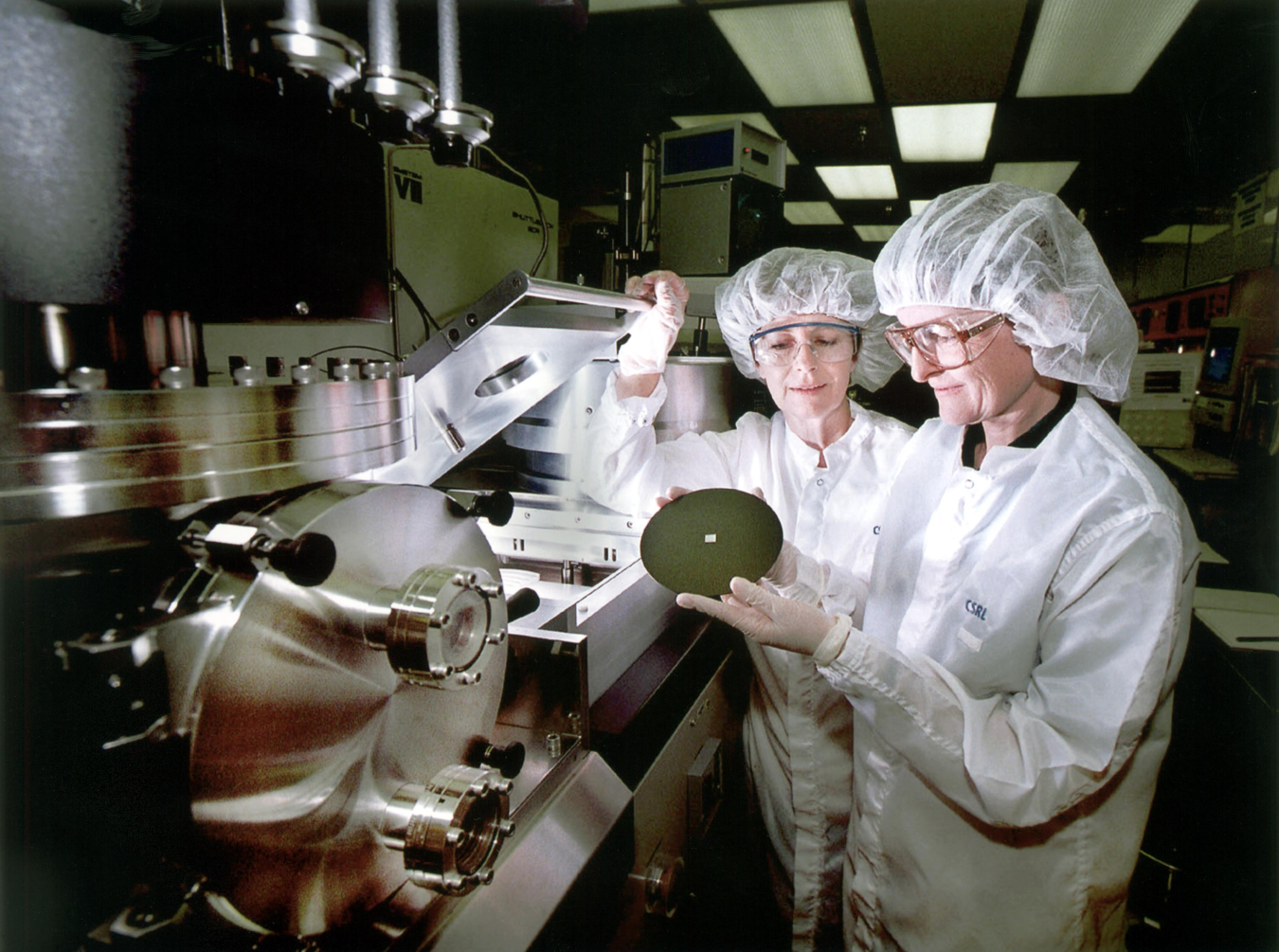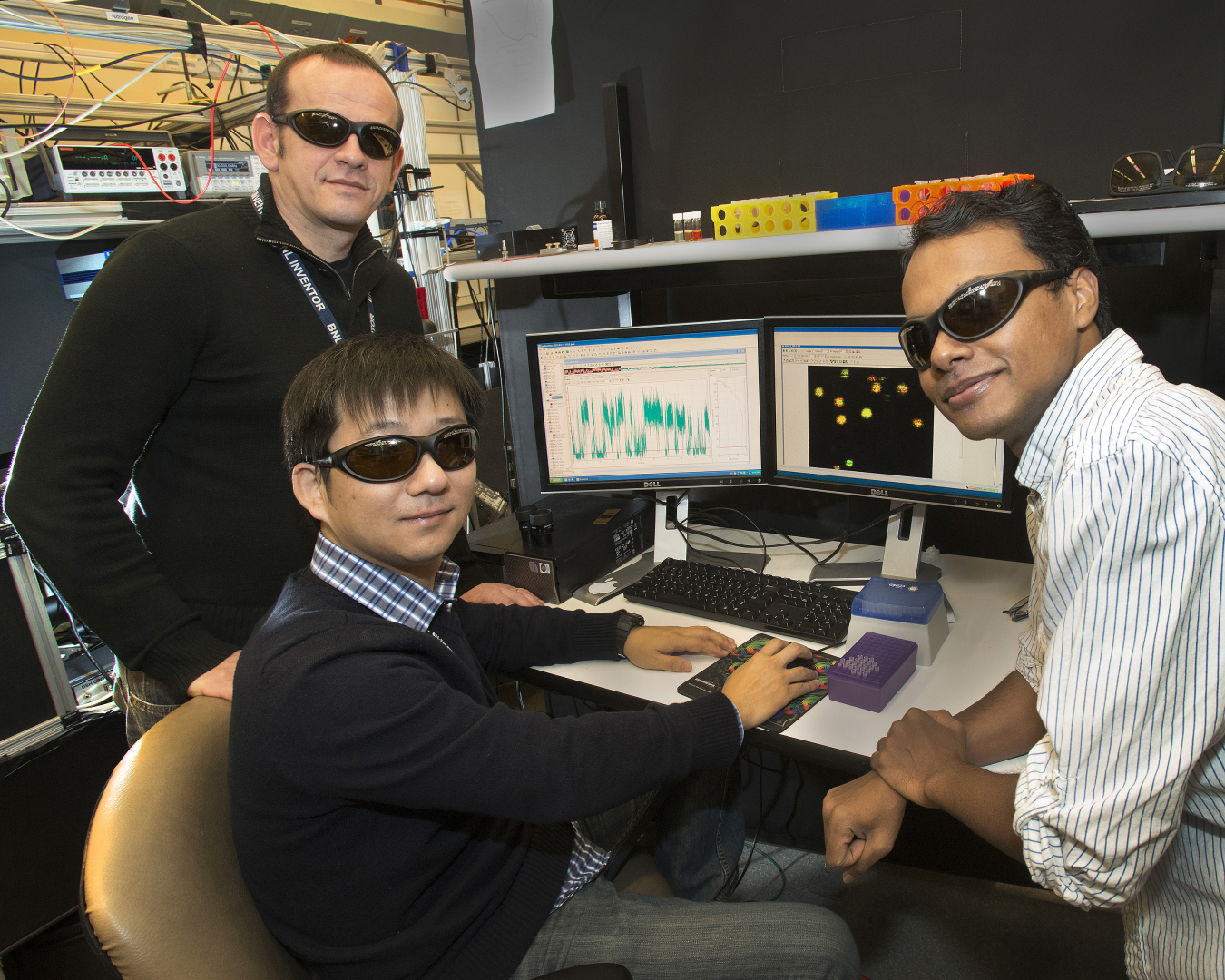Happy one year anniversary — to the CHIPS and Science Act! Here are four ways it’s been changing the game in its first year.
August 10, 2023
Happy one year anniversary — to the CHIPS and Science Act! In its inaugural year, it has already left a significant mark on the tech industry and scientific research. This groundbreaking legislation, aimed at boosting the semiconductor industry and advancing scientific endeavors, has set the stage for innovation and progress. Here are four ways it’s been changing the game in its first year.
1. Supercharging the Semiconductor Industry
The Chips and Science Act has injected fresh momentum into the semiconductor industry, investing over $230 billion. By providing substantial funding and incentives, the act has encouraged research and development. The increased support is also facilitating the expansion of semiconductor production capacity, reducing supply chain constraints and bolstering the global technology market.
2. Boosting National Security
The Chips and Science Act has recognized the critical role of semiconductor technology in national security. The law’s focus on domestic chip production and supply chain security will diminish reliance on foreign manufacturers. Last week, the United States Department of Commerce and Department of Defense signed a Memorandum of Agreement to expand collaboration and strengthen the U.S. semiconductor defense industrial base. As a result, the country is poised to become more resilient to supply chain disruptions and potential cyber threats. This heightened security has profound implications for defense systems, communication infrastructure, and data protection.
3. Strengthening Research and Innovation
Beyond the semiconductor industry, the Chips and Science Act has also spurred growth in scientific research. The act allocates funds for scientific advancements in various disciplines, such as material science, quantum computing, and biotechnology. This increased investment in research has piqued the interest of engineering schools across the nation, such as the University of Wisconsin’s Department of Electrical and Computer Engineering, which is developing new research and development efforts, as well as new pathways for students who can take advantage of the opportunities brought about by the Act.

4. Addressing Environmental Concerns
The Chips and Science Act recognizes the need to address growing energy consumption of semiconductors economy wide. DOE is developing a plan to reduce the energy use of microelectronics chips, circuits, architecture, and software by 1000X in the next 20 years. More than 50 industrial and research organizations have pledged to join the effort. Additionally, advances in environmentally sustainable manufacturing practices, materials, and recycling methods have contributed to a greener and more responsible technology sector.
5. Growing the Semiconductor Workforce
The Chips and Science Act is building the foundation to educate the future workforce to secure a competitive and integrated semiconductor supply chain with key allies and partners. Aligned with the Act’s International Technology Security and Innovation Fund, institutions like Arizona State University’s School of Engineering are expanding training and development programs to grow semiconductor assembly, testing, and packaging capacity in North America.
In its first year, the Chips and Science Act has proven to be a transformative force in the semiconductor industry and scientific research. As we look ahead, the impact of this groundbreaking legislation is likely to continue shaping the tech landscape and driving progress in the years to come.

